This is the terrifying reality for some urinary incontinence sufferers. Technically urinary incontinence is defined as the inability to hold urine in the bladder, due to the loss of voluntary control of the urinary sphincters, leading to the involuntary passing of urine.
Types of Incontinence
Urinary Stress Incontinence (USI) is by far the most common form of incontinence affecting women, and is linked to pelvic floor muscle weakness. Approximately 1 in 3 perimenopausal women experience at least one episode of stress incontinence each month. Many women live with the embarrassment of stress incontinence which causes the involuntary leakage of urine with coughing, sneezing, laughing, jumping, lifting or just walking. Each of these activities increases the intra-abdominal pressure, thus increasing pressure on the bladder and causing a small leakage of urine.
Stress incontinence is common during pregnancy and after childbirth; during and after the menopausal years, and in men is sometimes seen after the surgical removal of the prostate. Times of lowered oestrogen, such as in the pre-menstrual week or the menopausal years, often see a worsening of stress incontinence, as reduced oestrogen levels lead to lowered muscular pressure around the urethra, and an increased risk of leakage.
Urge incontinence is the name given to the sudden urgent feeling of needing to void, and an accompanying involuntary loss of urine from the bladder. This type of incontinence is caused by inappropriate contractions of the detrusor muscle. This can just happen spontaneously or be caused by infection, inflammation or irritation of the bladder. Sometimes this incontinence can be caused by an over-activity of the bladder nerves. Urge incontinence may cause frequent night urination; or the urge to urinate after drinking only a small amount, or when hearing the sound of running water.
Sometimes the nerves of the bladder or the muscles surrounding the bladder can be adversely affected, causing incontinence. This is sometimes seen with Multiple Sclerosis, Parkinson’s disease, Alzheimer’s, stroke or spinal injury.
Overflow incontinence results from an inability to fully empty the bladder, leading to an overflow situation in which small amounts of urine dribble from the bladder. This is common if there has been physical damage to the bladder or if there is a blocked urethra.
For men this may be from an enlarged prostate gland. It is common in older women and, in both sexes, the cause can be prescription medicines.
Common Causes of Urinary Incontinence
- Weak pelvic floor muscles
- Pregnancy, childbirth
- Hormonal changes with pregnancy, perimenopause and menopause.
- Hysterectomy
- Prostatectomy
- Physical and hormonal changes of aging
- Overconsumption of alcohol, coffee, tea, caffeine and carbonated drinks
- Drinking excessive amounts of fluid
- Urinary tract infection
- Medications such as sedatives, diuretics, muscle relaxants and antidepressants
- Nerve damage caused by Multiple Sclerosis, Parkinson’s, stroke or spinal injury.
Prevention and Treatment
1. Keep pelvic floor muscles strong
Also called Kegel exercises, these exercises work the muscles of the pelvic floor, helping keep them strong and prevent stress incontinence. Isolate these muscles by stopping urine flow half-way through voiding. These are the exercises that you may have been taught after childbirth.
2. Make lifestyle and dietary changes
To reduce bladder irritation eliminate or reduce alcohol, caffeine, tea and carbonated drinks, all of which can irritate the bladder. Avoid constipation as this can cause bladder irritation. Eat high-fibre foods, drink plenty of water and exercise regularly. Try to maintain an optimum weight as obesity may cause bladder problems. If you are a smoker be aware that a chronic cough can cause bladder irritation and worsen incontinence.
3. Seek help
If incontinence is making your life a misery, there’s a wide range of different medical interventions which may help to improve incontinence problems. Medications may include: antispasmodics which can calm an overactive bladder in the case of urge incontinence; oxybutynin is helpful for urinary frequency, urgency and incontinence; Antibiotics are used if a urinary tract infection is the underlying cause of incontinence. Stress incontinence may be greatly helped by a vaginal pessary. This stiff plastic ring is inserted in the vagina to help hold up the bladder and prevent the leakage of urine. It needs to be changed periodically by your doctor.
4. Pelvic floor surgery
Surgery may be needed in severe cases of pelvic floor or bladder prolapse. Often referred to as ‘sling’ surgery, this operation involves using a strip of abdominal tissue or synthetic material to create a sling-like hammock underneath the urethra to compress the urethra and prevent urine leakage.
5. Bladder retraining
Is a useful self-help technique in some cases of incontinence. This involves learning to delay urination past the point of the urge to void. At first it may only be possible to delay by five minutes, but the aim is to gradually increase the time to twenty minutes or more. Ideally, urination should occur no more frequently than every two to four hours.






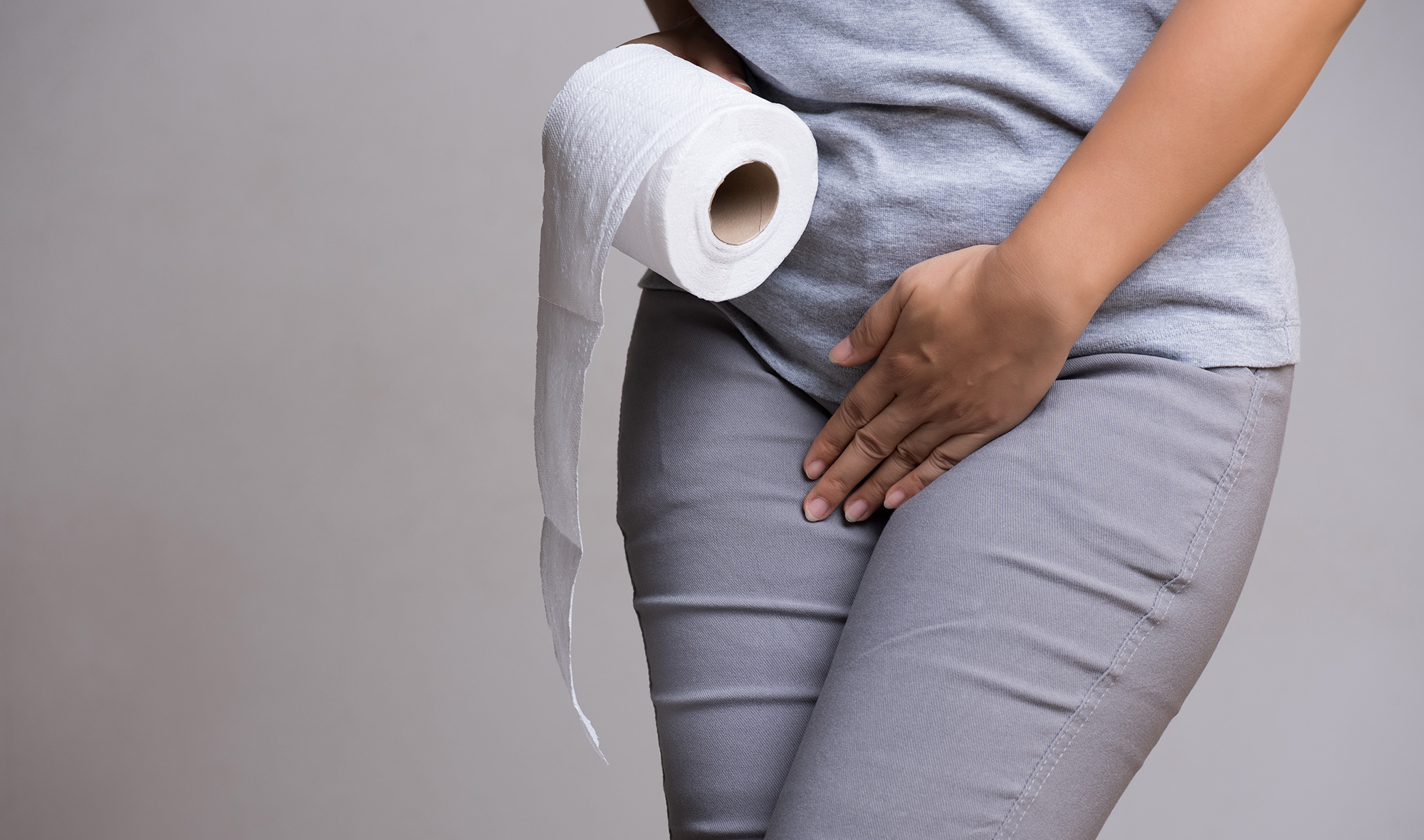
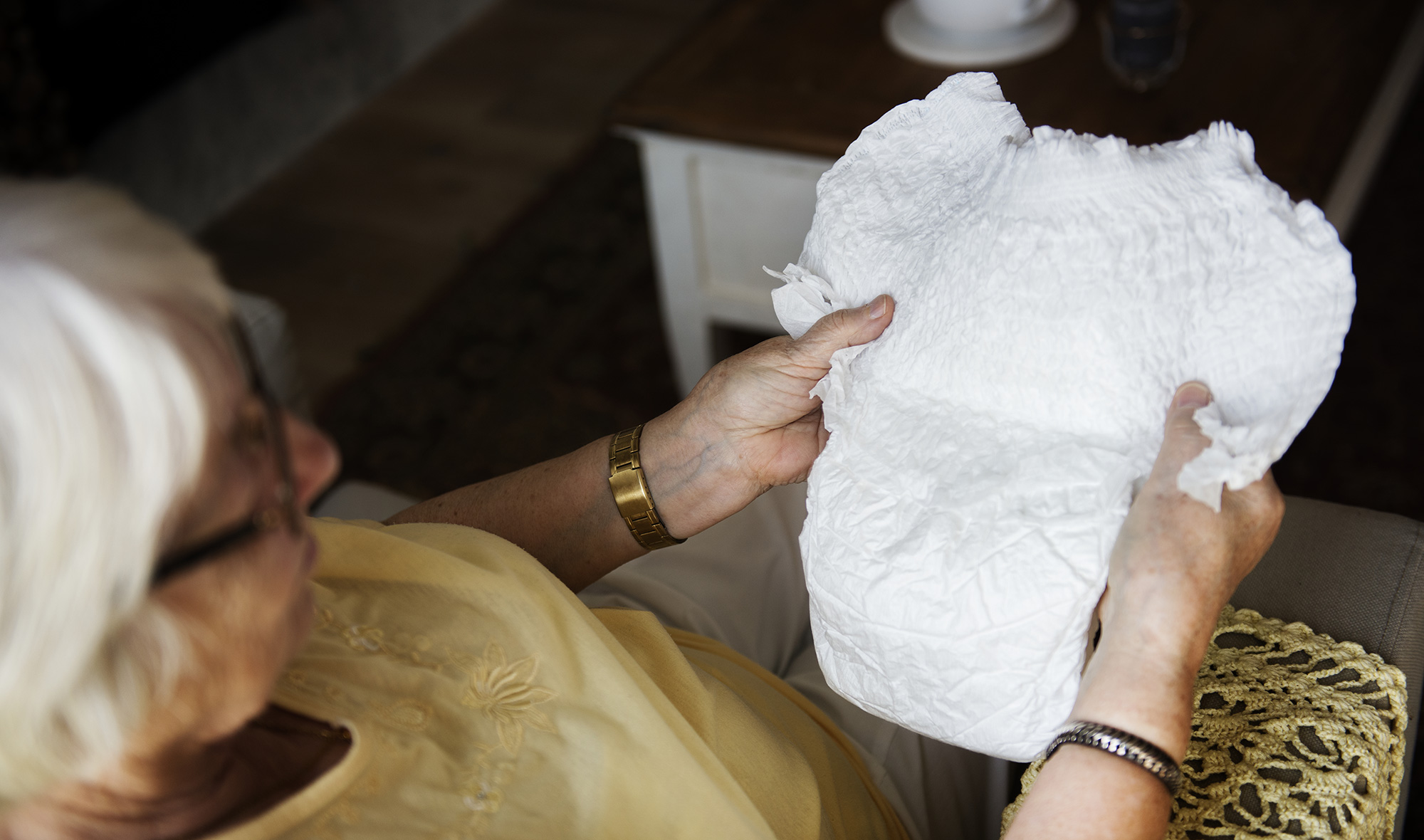


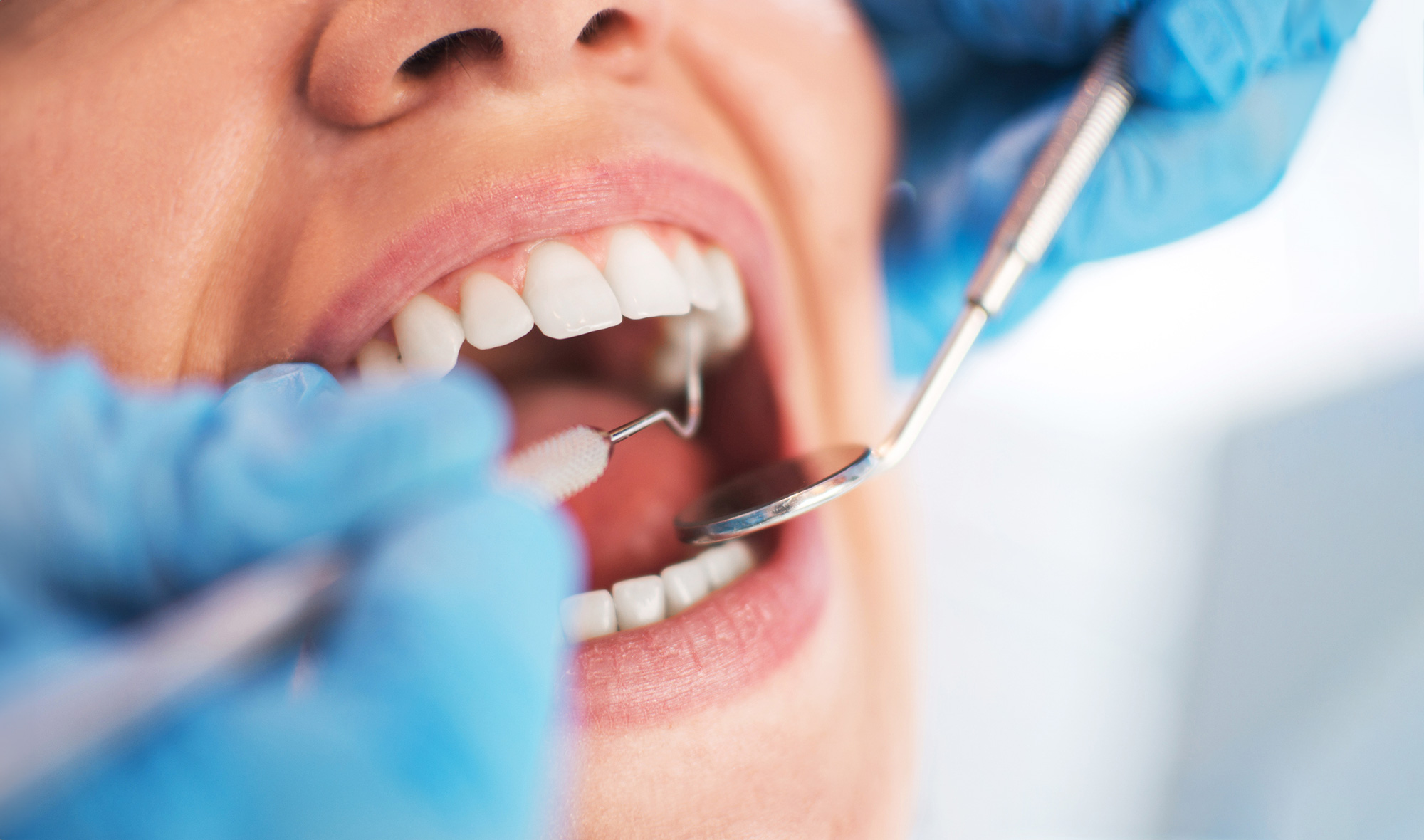
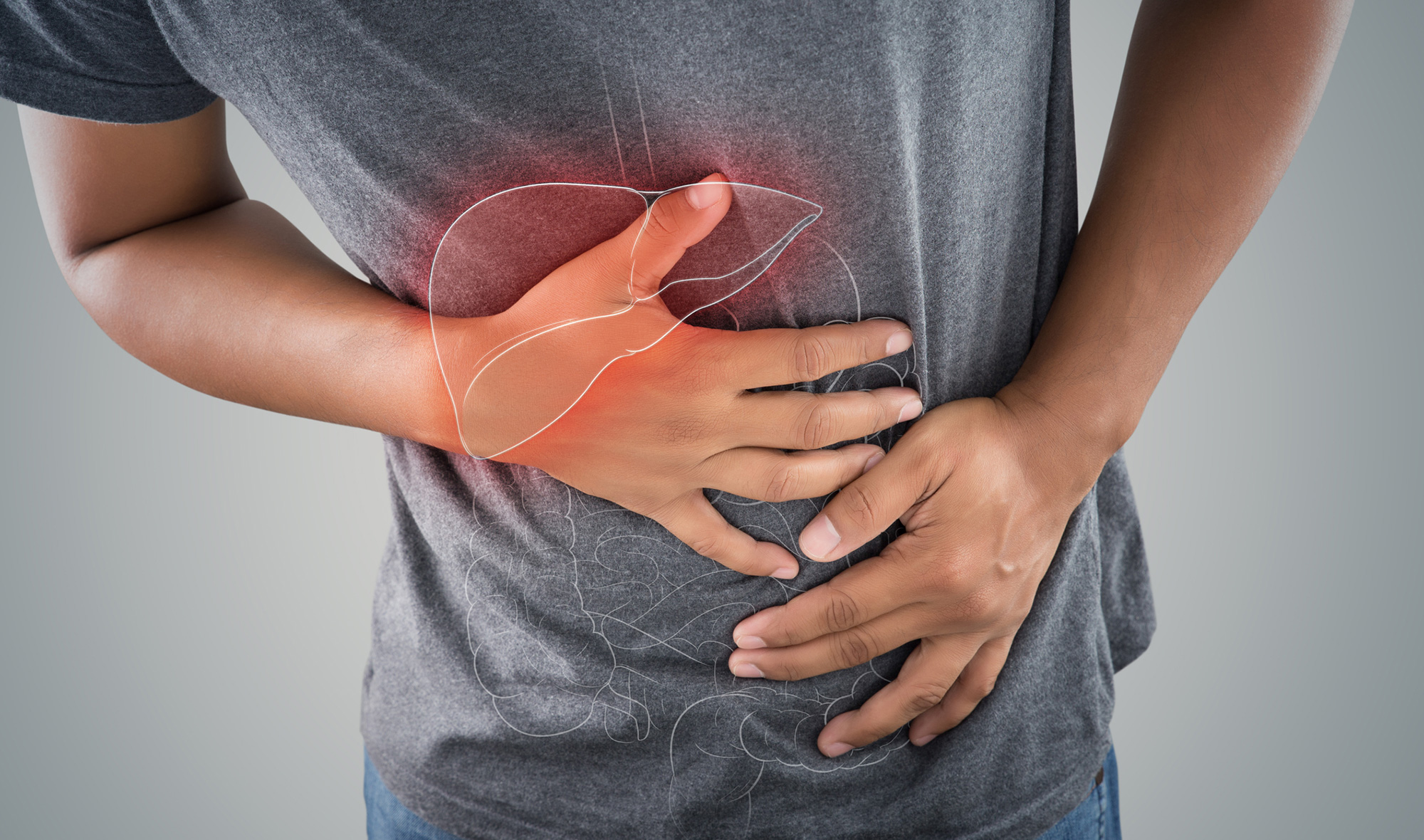
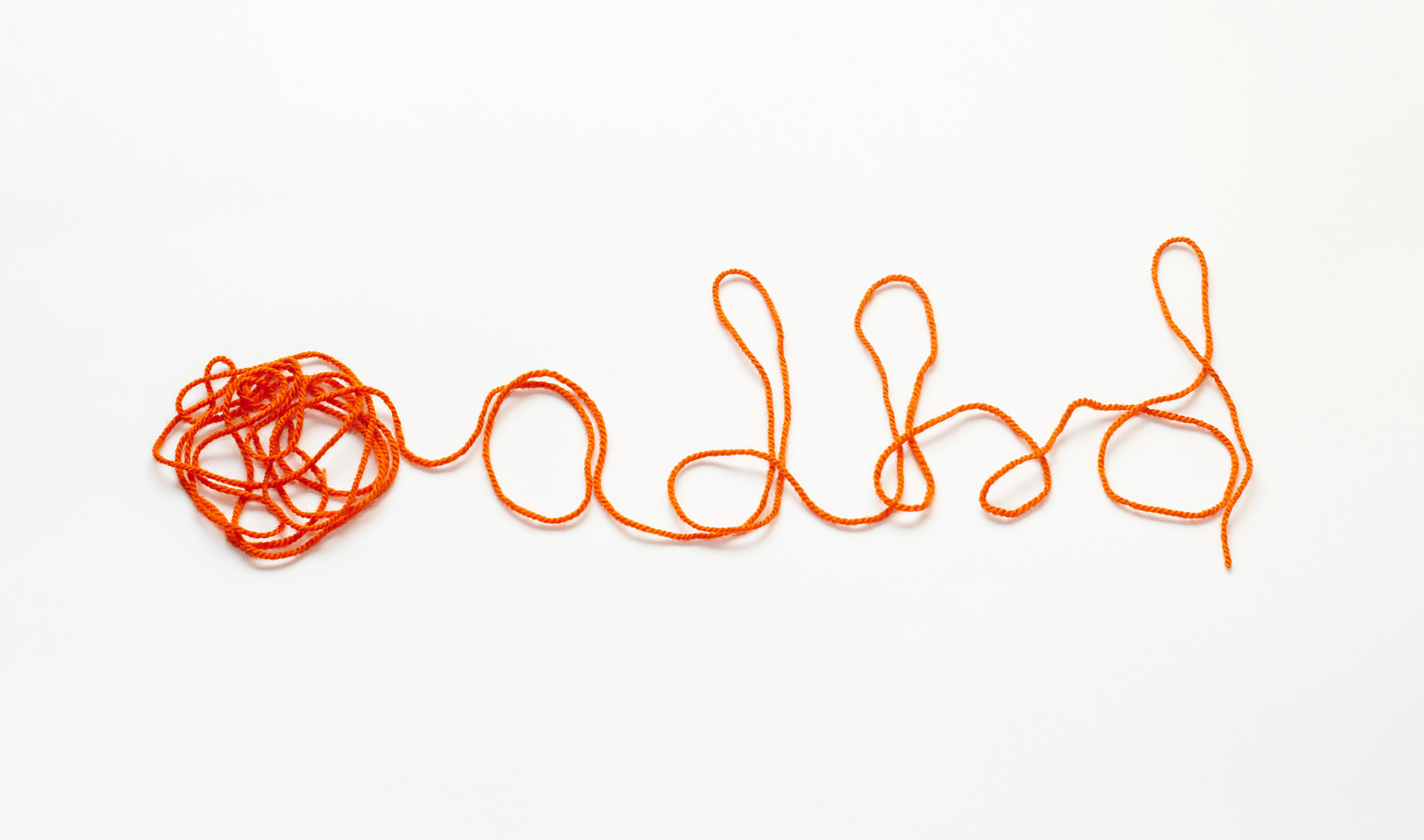

Community